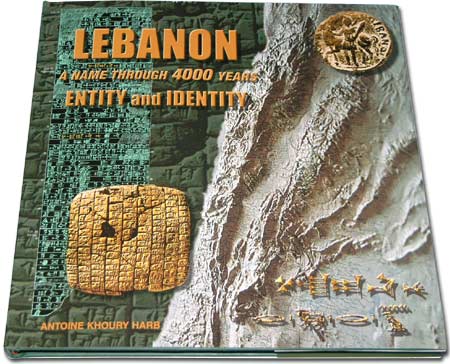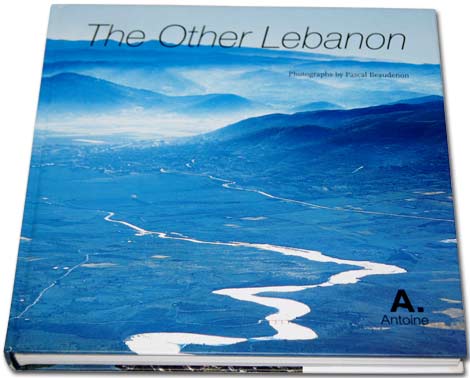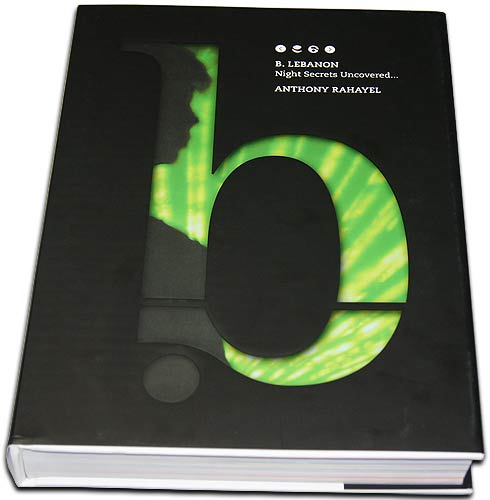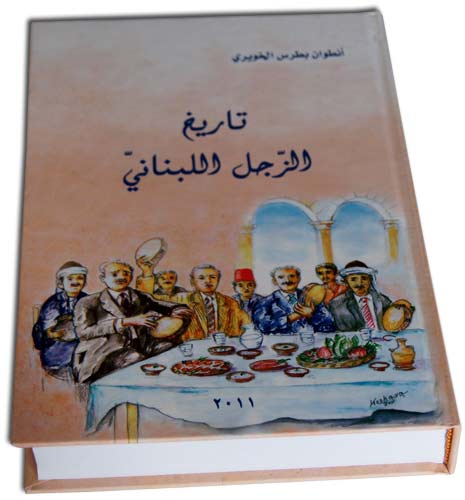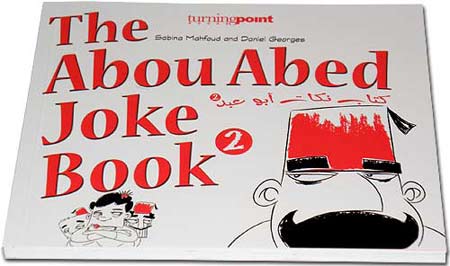Lebanon – A Name through 4000 Years by Antoine Khoury Harb. “Lebanese Heritage Foundation” – 172 pages – Hard Cover 28.5 x 28.5 cm
Lebanon – A Name through 4000 Years Entity and Identity
$70.00
Available on backorder
Available on backorder
Description
LebanonPostcard presents a value book about the History of Lebanon: “Lebanon – A Name through 4000 Years – Entity and Identity” by Antoine Khoury Harb. “Lebanese Heritage Foundation” Publications December 2003 – 173 pages – Hard Cover 28.5 x 28.5 cm. We own a book in Arabic
Table of Contents
Dedication
Table of Contents
Introduction
Part One: Lebanon – The Geographical Entity and the Denomination
Chapter One: Lebanon – Components of its Natural Entity
1- The Geological Formation
2- Characteristics of the Lebanese Natural Environment
Chapter Two: Lebanon – Name Denotation
1- The Name Essence and Value
2- The Etymology of the Name “Lebanon” (The White Mountain – Mountain of Fragrance – Name of a “Mighty Ruler”)
Part Two: Lebanon in Historical Texts
Chapter One: Lebanon in Ancient Near Eastern Texts
History of Writing
1- Lebanon in the Epic of Gilgamesh
2- Lebanon in the Ebla Archives
3- Lebanon in the Pharaonic Texts (The Pharaoh Thutmosis III – The Minister Amenmose – “The Pharaoh Seti I – Wen-Amon the Egyptian)
4- Lebanon in the Hittite Texts (King Suppiluliuma – King Mursili)
5- Lebanon in the Phoenician Texts
Phoenicia: Name Acceptation
A- Lebanon in the Texts of Ugarit
B- The Phoenician Bowl of Limasol (Cyprus)
C- Text of Borj el-Jedid (Carthage)
6- Lebanon in the Assyrian Texts (King Shamshi Adad I – King Tiglath-Pileser I – King Ashur-Nasirpal II – “King of Shalmanassar III – King Tiglath-Pileser III – King Esarhaddon – King Ashur-Banipal – Prince Kouma)
7- Lebanon in the Holy Bible
A- Delimitation of Lebanon in the Old Testament
B- Lebanon and the Promised Land
C- Cedars of Lebanon in the Old Testament
D- Lebanon, Land of Fertility, Inspiration and Beauty
8- Lebanon in the Chaldean Texts (King Nebuchadnezzar II – King Nabonides)
9- Lebanon in the Persian Texts (The Persian King Darius I – The Phoenician King Echmunazar)
Chapter Two: Lebanon in the Greek, Roman and Byzantine Texts
1- Lebanon in the Greek Era Texts
2- Lebanon in the Roman Era Texts
A- Lebanon in the Dionysiaca of Nonnos
B- Lebanon in the Texts of Pilnius, Strabo, Tactius, Josephus and Julius Honorius
C- The Temple of Afqa
D- Lebanon’s Forests during the Roman Period
3- Lebanon on Roman Coins
A- Coins of “Laodicea of Lebanon” (Emperor Septimus Severus – Emperor Caracalla)
B- Coins of “Caesarea of Lebanon” (Emperor Aelius Antoninus – Emperor Marcus Aurelius – Emperor Caracalla – Emperor Macrinus – Emperor Heliogabalus – Emperor Alexandrus Severus)
4- Lebanon in the Byzantine Era Texts
A- The Oriental Prefecture
B- The earthquakes and the fall of the Empire
Chapter Three: Lebanon in the Arab Texts
A- “Mount Lebanon” and its Extension
B- “Mount Lebanon”, Land of Hermits and Anchorites
C- Lebanon in Arabic Poetry
Conclusion
Acknowledgments
Bibliography
Index
Additional information
| Weight | 1.8 kg |
|---|---|
| Dimensions | 1 × 1 × 1 cm |


